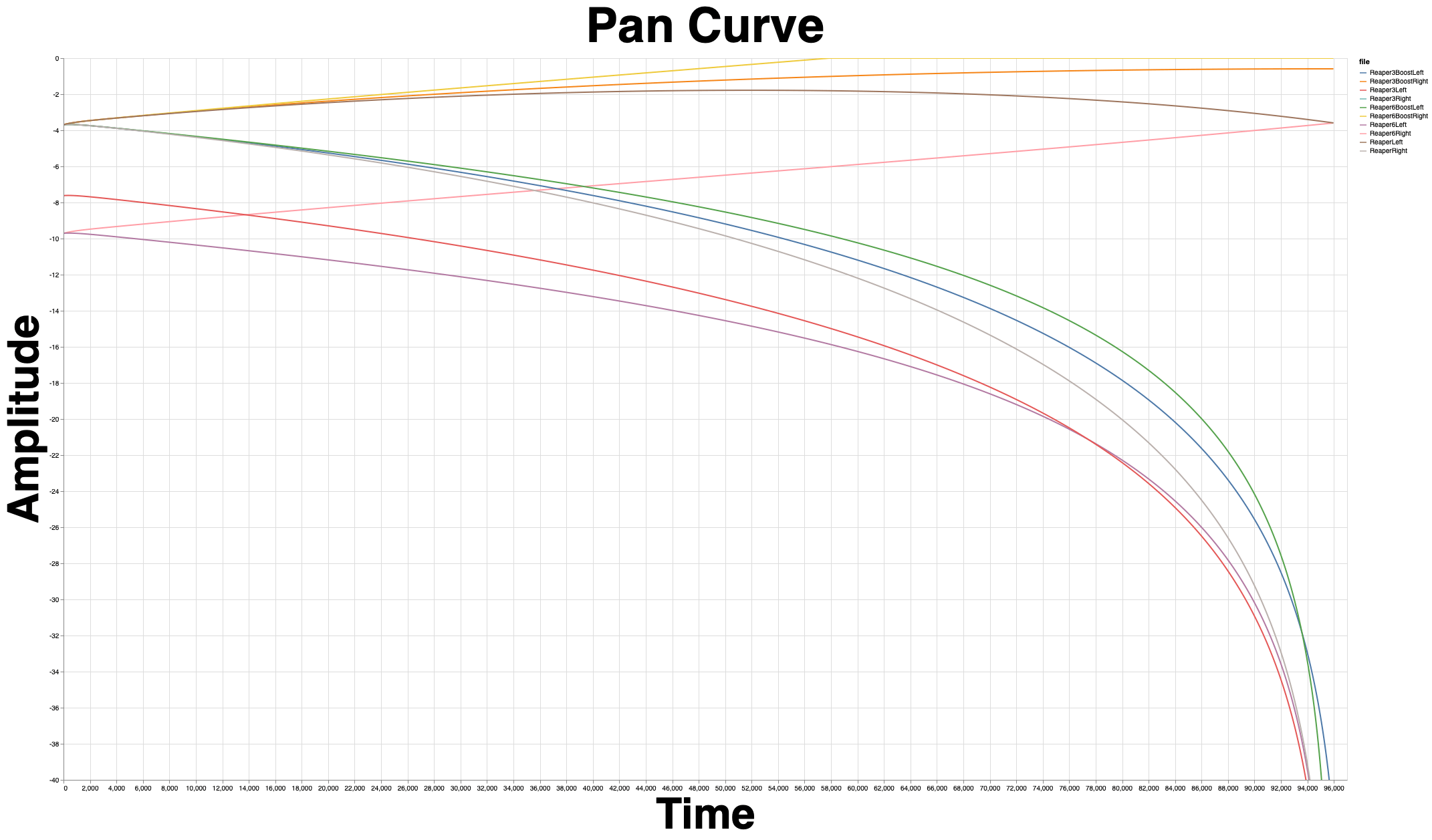
Today I’m taking a break from the automation sub-series (which still has life in it) to explore one of the more well-known parts of “DAWs sound different”.
GOTCHA, I’m not.
This article is about a close cousin of the ubiquitously discussed “Pan Law”. Hop on through to see some explanations and hard data.
Read more →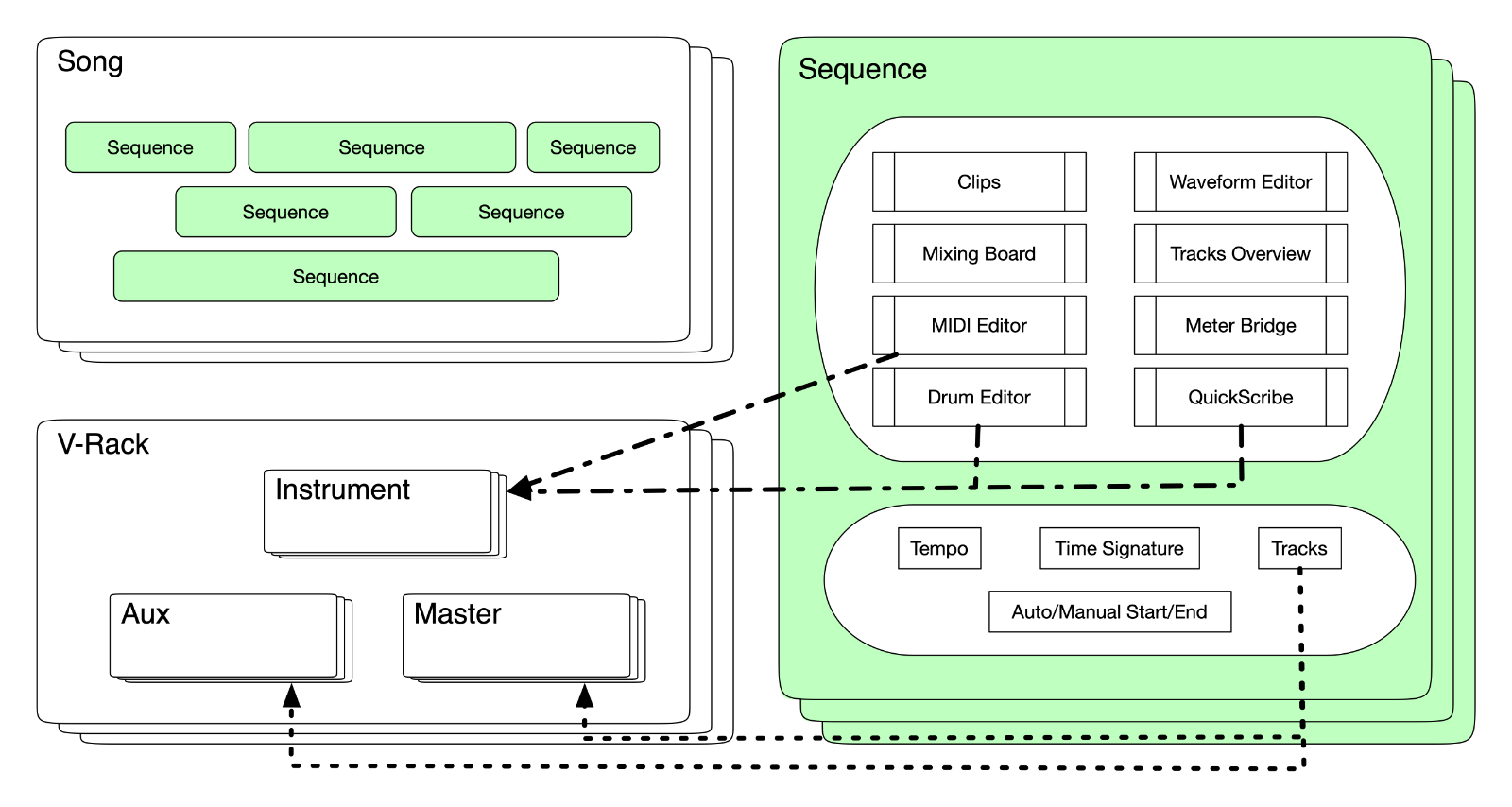
Digital Performer’s chunks feature is a unique bright gleaming light in the world of copycat DAW workflows.
If you’re familiar with FL Studio’s song workflow , REAPER’s subprojects or Ableton/Bitwig’s Session view workflow then you’re almost there.
Come with me as I show you what’s there, and you can decide for yourself how awesome it is.
Read more →The video for the Making Drumsticks Article from two weeks ago
Read more →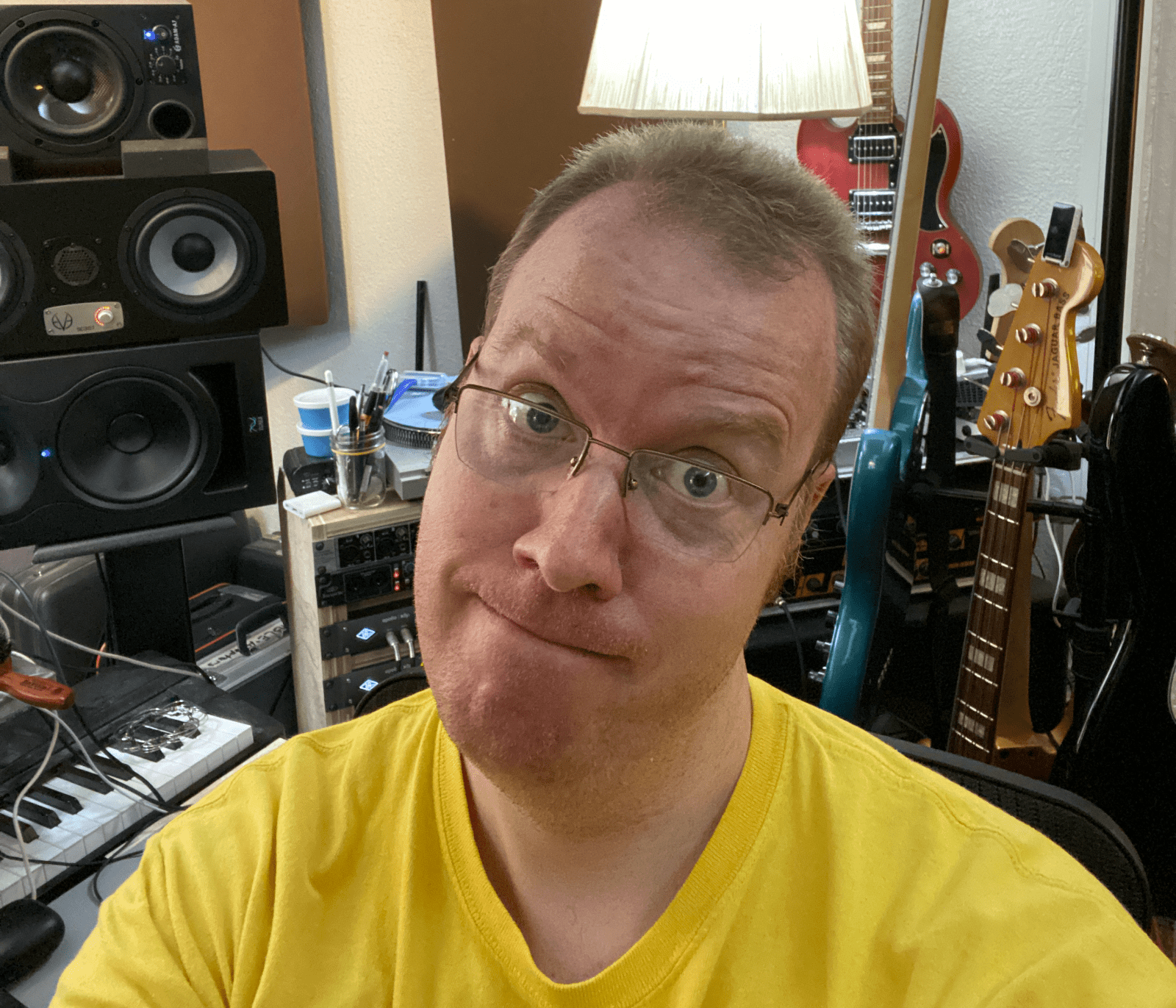
We had tree trimmers at the house for 3 days, and my wife is having a staycation, so I’ve been unable to finish filming the video version of the Making Drum Sticks article.
I’ve utilized that time to endlessly browse twitter gather my thoughts about what I do with my time regarding this site. I’d like to my thought process with you.
Nothing good, nothing bad. Just the musings of a content creator.
Read more →
I’ve been making my own drumsticks for years. I’ve developed various techniques and I’m at a point where I’m mostly happy with how I do things.
So let me walk you through some of of the process.
Oh… and those zipties, that’s another article (but long time readers will already know…).
Read more →The video version of the Drum Dial Article, with different presentation and some different information.
This is also my first time using Final Cut Pro because Resolve constantly renders with glitches and does not handle audio devices properly. Quick the learning curve switching to FCPX, but I think this will improve the quality of my content as well.
Read more →
The Drum Dial is a “drum tuning tool”, or more accurately just a dial indicator on a base.
It’s one of the better devices for tuning drums, given that torque wrenches don’t work very well and tuners are an abysmal failure (which I’ve yet to cover).
The Drum Dial has some problems that get in the way of good results, and the official documentation does a poor job of discussing these issues. I’ve not seen any third-party attempts at covering these problems either.
So… Here I am. Allow me some of your time to better understand drum tuning in the context of using a Drum Dial.
Read more →One of my absolute favorite plugin developers(!) joined us on discord to have an in depth live Q&A segment.
apulSoft makes my favorite digital EQ: apQualizr2 and a brilliant new transient/saturation plugin: apShaper. Let’s not forget the incredibly accurate apTrigger either, and how easy it is to create realistic triggered parts with its modulation system.
NOTE: I was late to the start of the interview due to a silly error of my own. Adrian was kind enough to postpone for 7 hours.
Read more →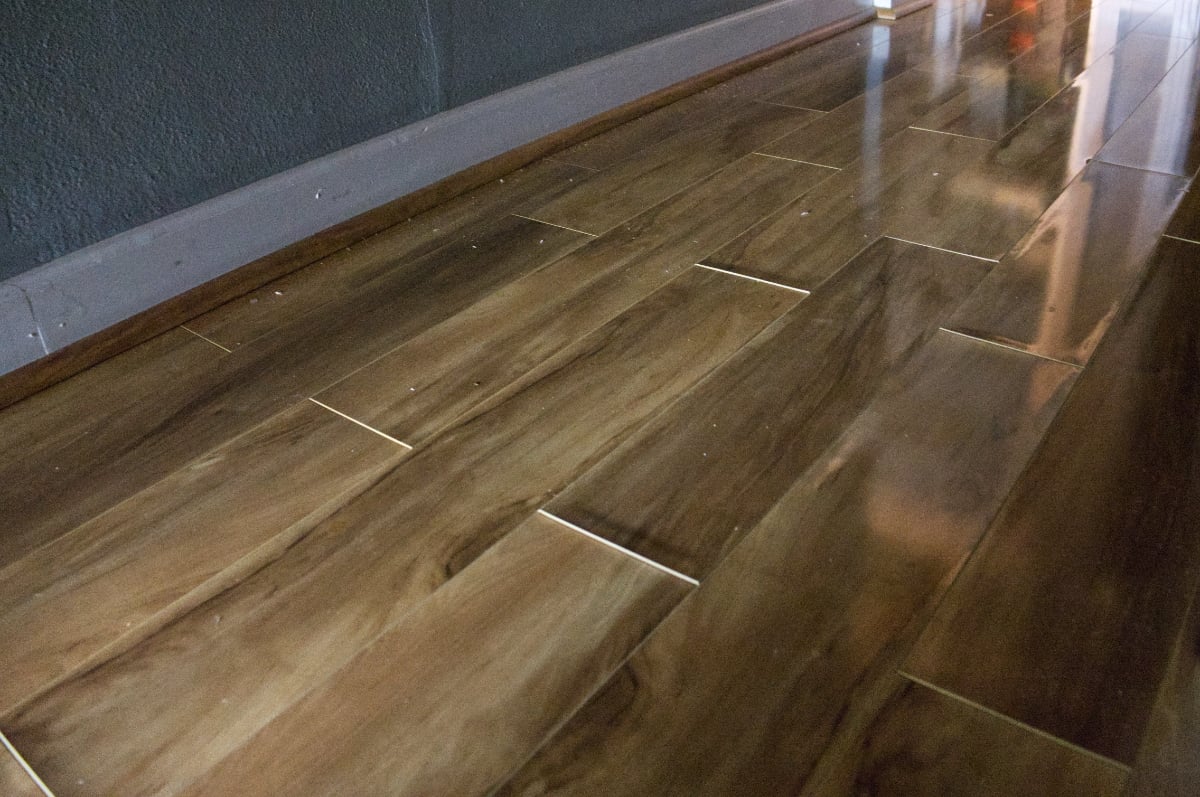
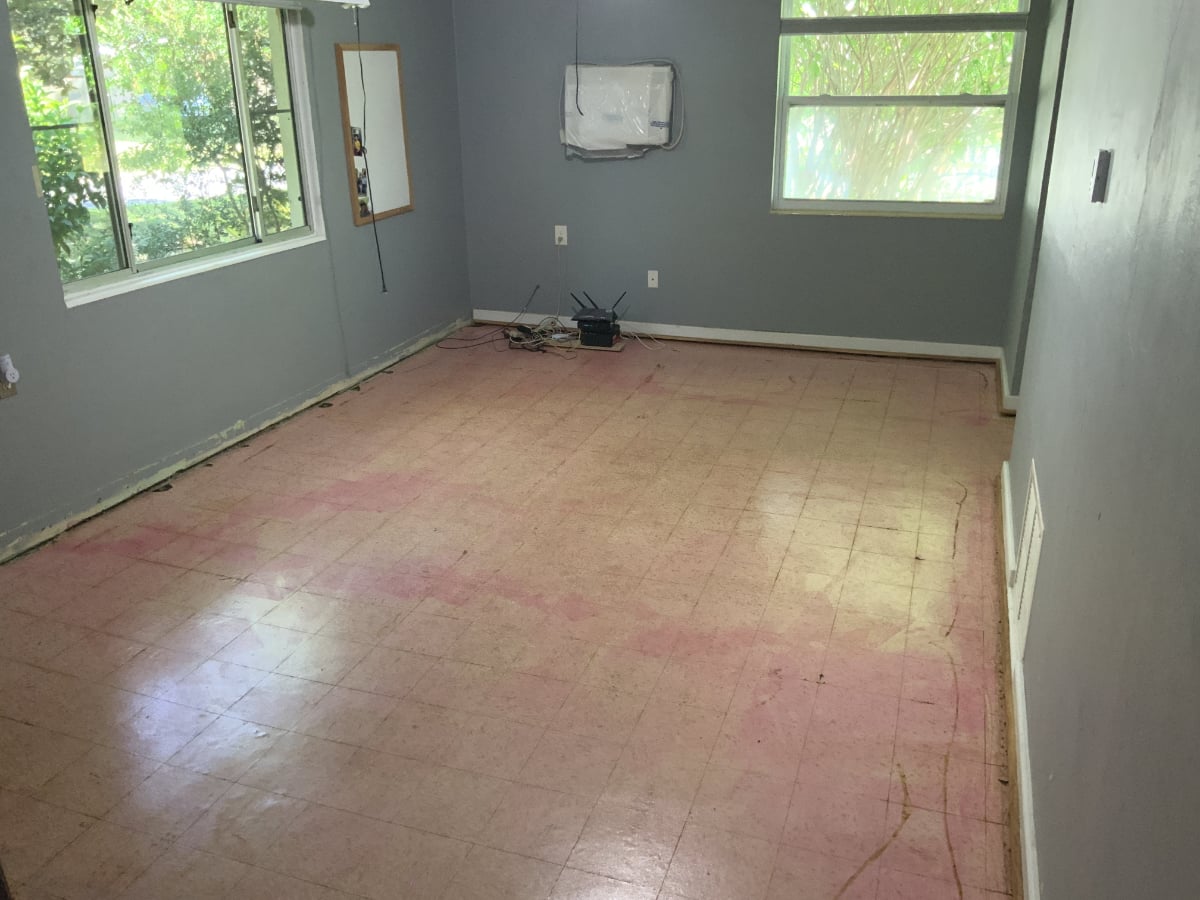
If you want to know why there wasn’t a post last week, and won’t be one this week… More info after the break.
Read more →I don’t like duplicating existing content. If there’s something out there on the internet with sufficiently similar content and presentation to what I want to do, then I don’t do it.
This 4th and final article in the Cubase Series has me ramming into a barricade of mental spewage.
Every idea I’ve thought of for Cubase falls into one of 3 categories:
- I don’t feel sufficiently knowledgeable to write about it e.g. persnickety notation moaning. (I can sight read 3 clefs, but I’m not that particular about notation)
- I’ve written about it before e.g. Things I hate about Cubase.
- Someone else has done it.
Since I’ve done some research on the “Someone else has done it” front, here’s the resources I found that ‘blocked’ me from writing a proper article this week.
Read more →